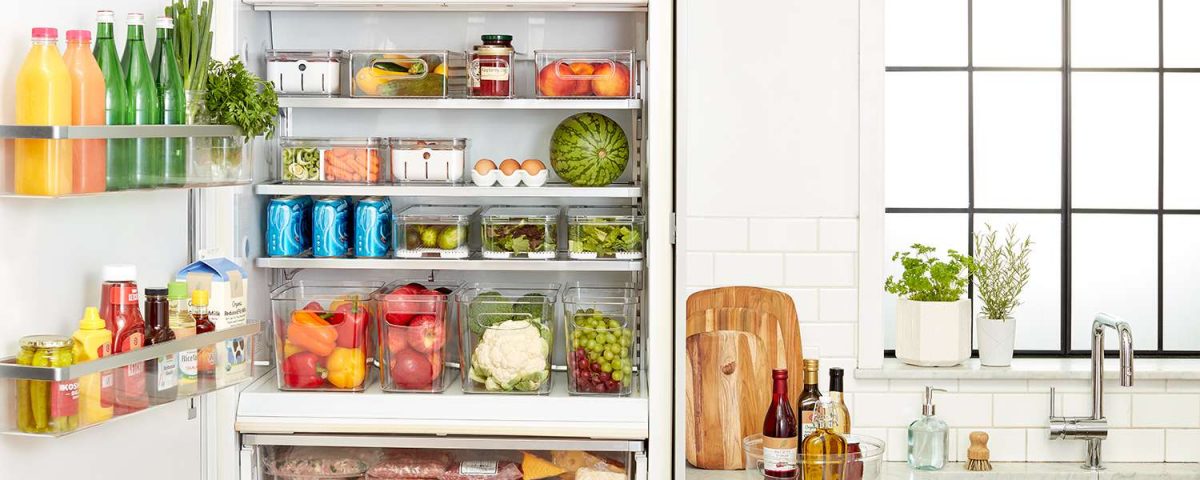Keep Food Fresh

Ski Hills
February 5, 2024
Kitchen Layout
March 6, 20247 Ways to Keep Food Fresh in Your Fridge
Keeping your food fresh in the fridge can sometimes feel like a delicate balancing act. You want to maximize the shelf life of your groceries while ensuring they maintain their flavour and nutritional value. Fortunately, there are tips and tricks you can use to extend the freshness of your food.
In this guide, we’ll explore seven practical and easy-to-implement strategies for keeping your food fresh in the fridge. These tips will help you maximize the lifespan of your groceries and reduce the amount of food that ends up in the trash. Whether you’re a meal prep enthusiast or just looking to make your groceries last longer, this guide will help make the most of your fridge space and keep your food fresh and flavourful. Let’s dive right in!
Here are seven easy ways to keep food fresh in the fridge:
1. Keep a Proper Temperature:
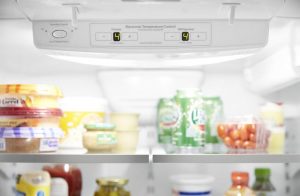
The first step to keep food fresh in your fridge is to ensure it’s set to the correct temperature. Ideal temperatures for most refrigerators are between 35-38°F (1.6-3.3°C). This temperature range helps slow the growth of bacteria and other pathogens that can cause food to spoil.
2. Use Airtight Containers:
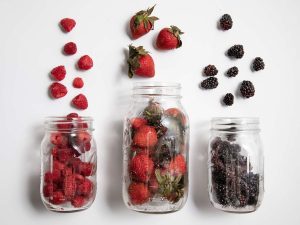
Storing food in airtight containers helps prevent the transfer of odours and moisture, which can cause food to spoil faster. Mason jars are great for storing fresh fruit, as they provide an airtight seal that helps keep the fruit fresh for longer. Be sure to wash and dry your fruit thoroughly before adding to your jars. Check out this extensive guide on how to properly store fruits in mason jars.
3. Utilize Crisper Drawers:
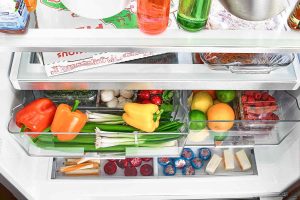
Most refrigerators come equipped with crisper drawers that have humidity controls. These drawers are designed to help keep fruits and vegetables fresh by regulating the humidity levels. Store fruits and vegetables with high humidity needs in the high humidity drawer, and those with low humidity needs in the low humidity drawer.
4. Wrap Leafy Greens in Paper Towels:
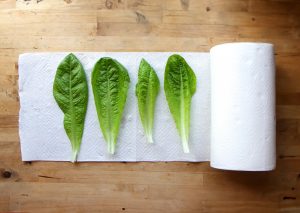
Leafy greens like lettuce and spinach tend to wilt quickly in the fridge. To keep them fresh for longer, wrap them in paper towels before storing them in a plastic bag or container. The paper towels help absorb excess moisture, preventing the greens from becoming soggy.
5. Store Meat and Dairy Products Properly:
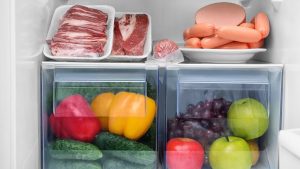
To prevent cross-contamination and extend the shelf life of meat and dairy products, store them on the bottom shelf of your fridge where it’s coldest. Keep them in their original packaging or in airtight containers to maintain freshness.
6. Organize Your Fridge:
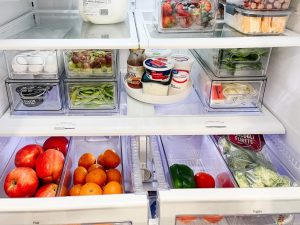
Proper organization can help prevent food from getting lost and going bad. Newer items should be kept towards the back of the fridge and older items towards the front so that they are used before they spoil.
7. Check Expiry Dates Regularly:

Check the expiry dates of the food in your fridge regularly. This simple habit can help you avoid accidentally consuming expired items and reduce food waste. Consider creating a designated area in your fridge for items that need to be used up soon, such as a “use first” bin. This can help you track how long items have been in your fridge and prioritize their use accordingly.
In Conclusion
In conclusion, keeping your food fresh in the fridge is not just about maintaining its quality and flavour; it’s also about reducing waste and saving money. Following the tips outlined in this guide, you can make the most of your fridge space and ensure that your groceries last as long as possible. We hope you learned some tips and tricks to keep food fresh in your fridge!
Remember to set your fridge to the correct temperature, use airtight containers, and utilize crisper drawers to keep fruits and vegetables fresh. Wrap leafy greens in paper towels, store meat and dairy products properly, and keep your fridge organized to prevent food from spoiling.
By implementing these strategies you can extend the shelf life of your food and contribute to a more sustainable lifestyle. So, the next time you stock up on groceries, remember these tips to keep your fridge fresh and your food delicious. Here’s to fresher, longer-lasting meals!
Looking for a new refrigerator? Check out our blog on what to check for when buying new appliances!


